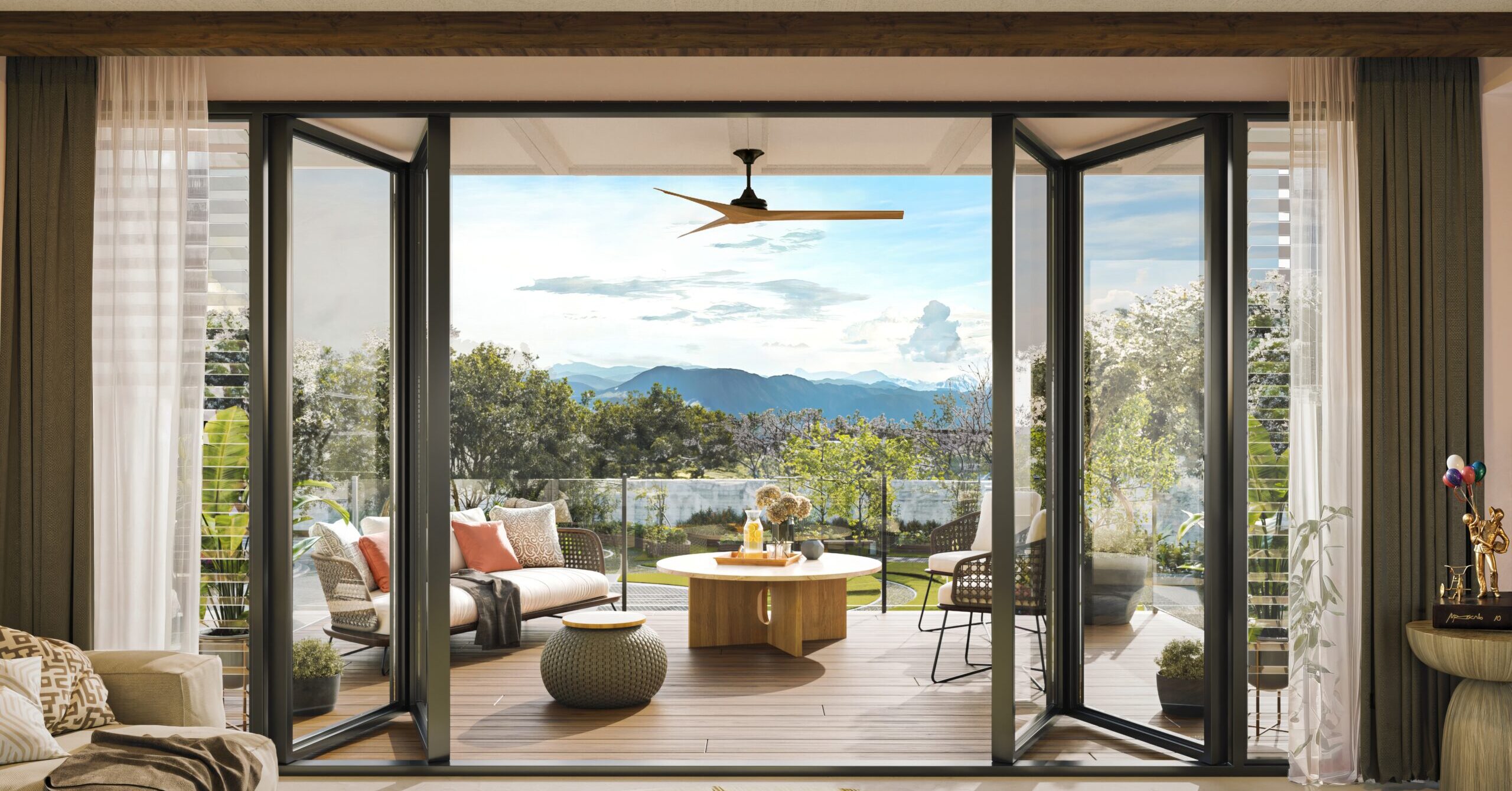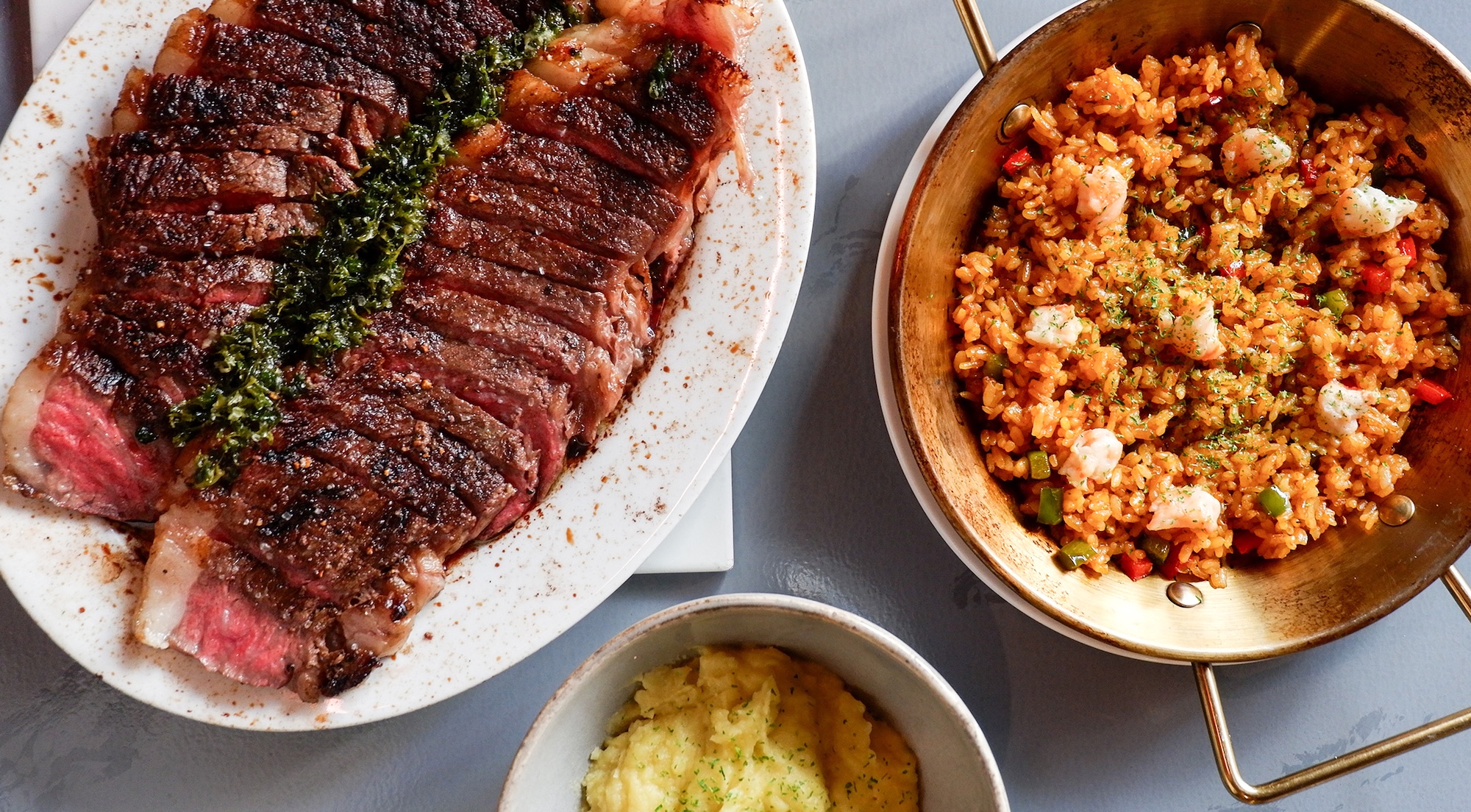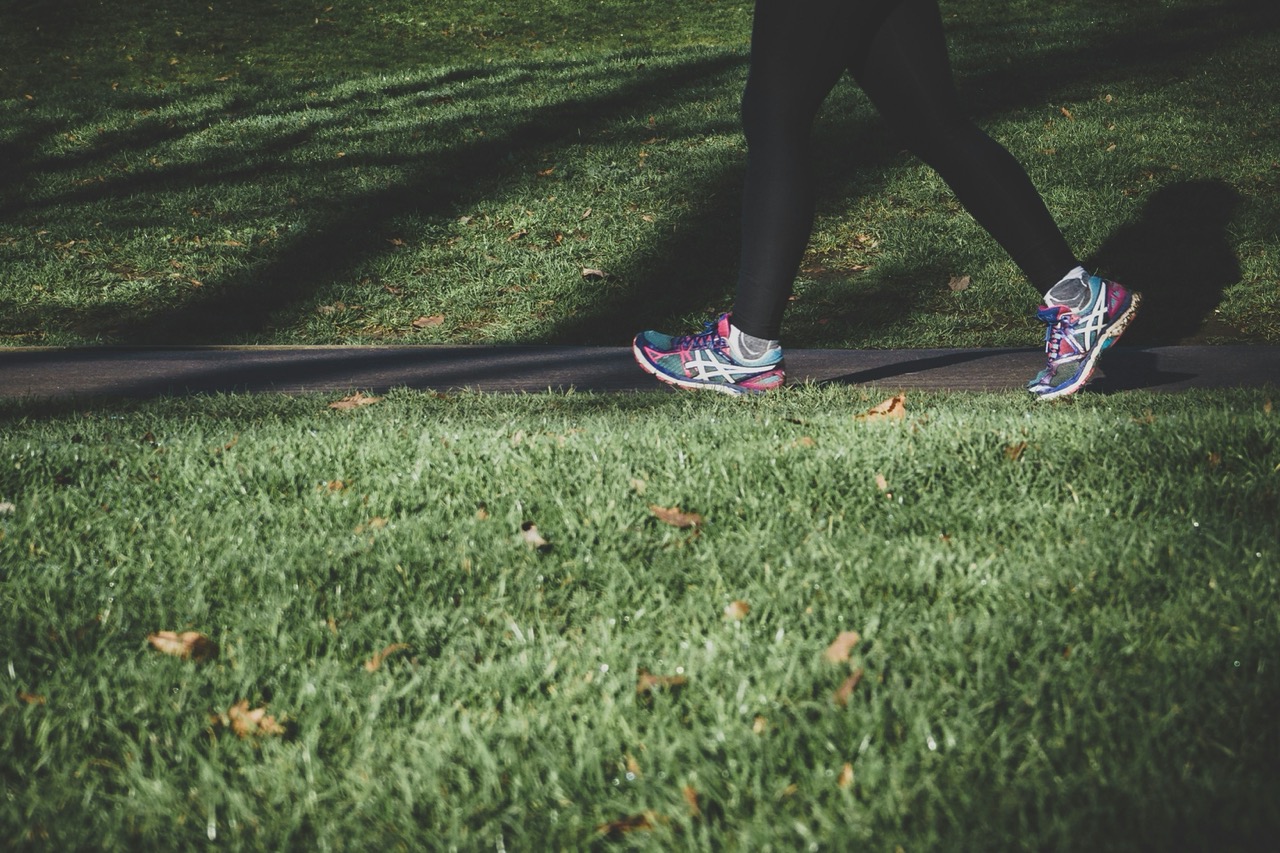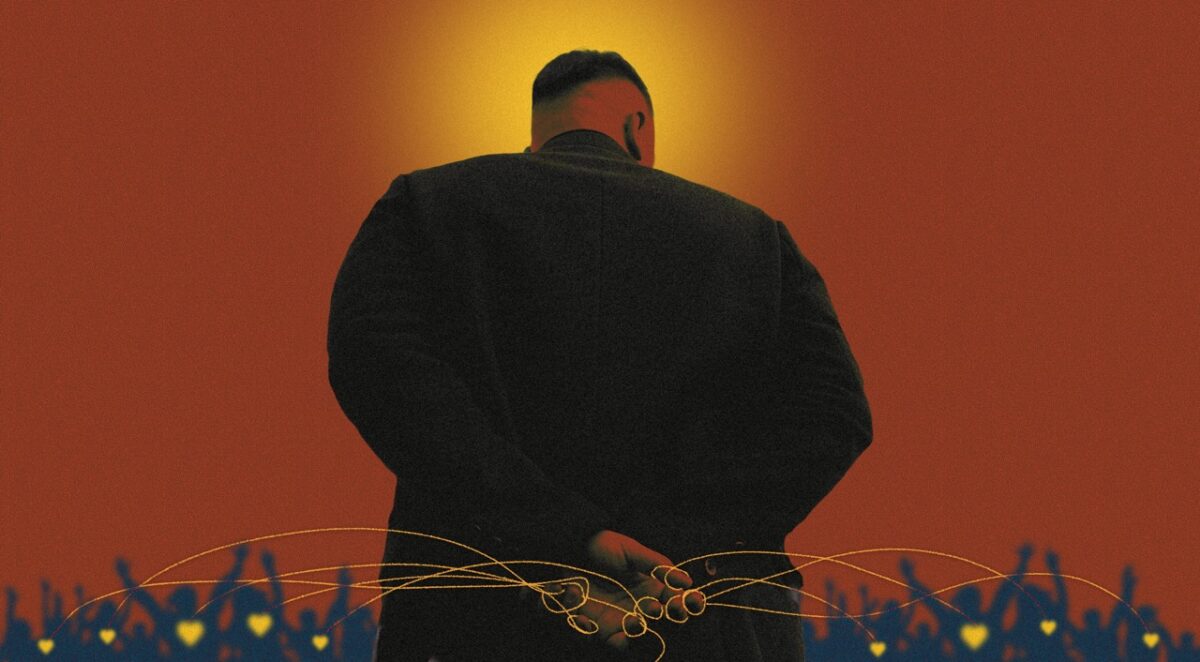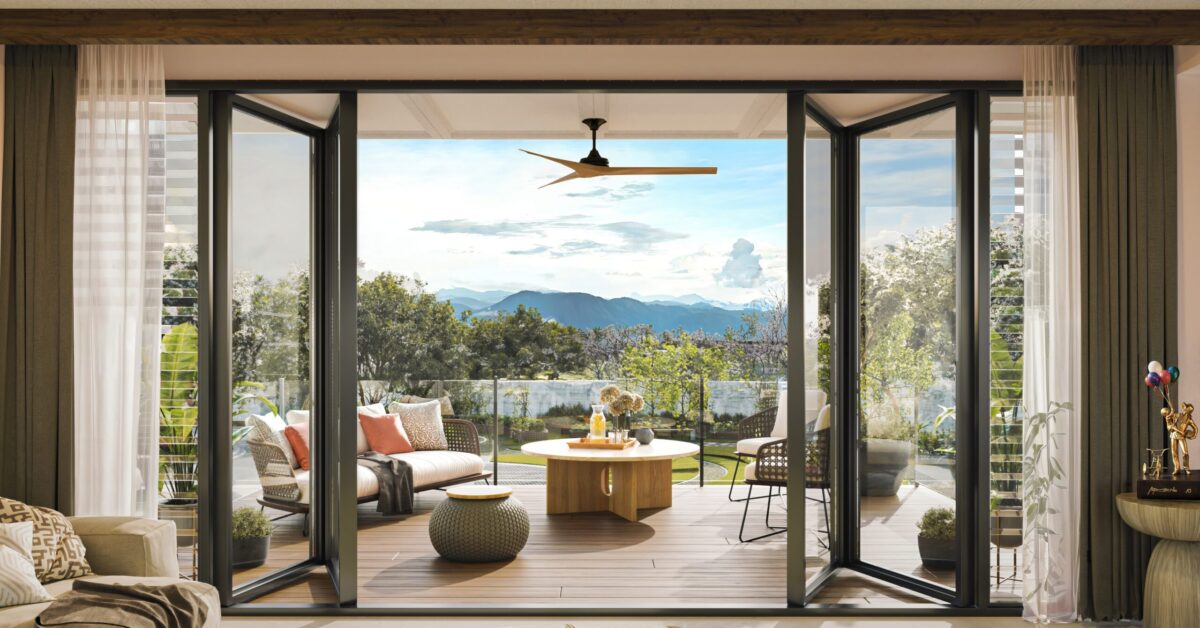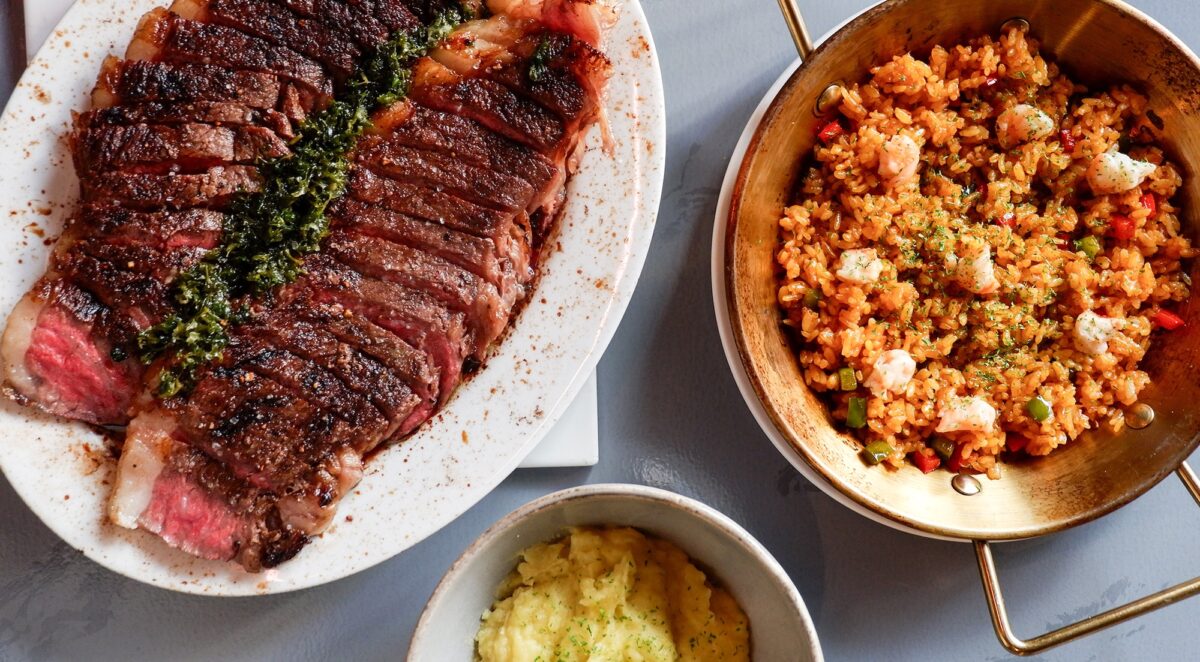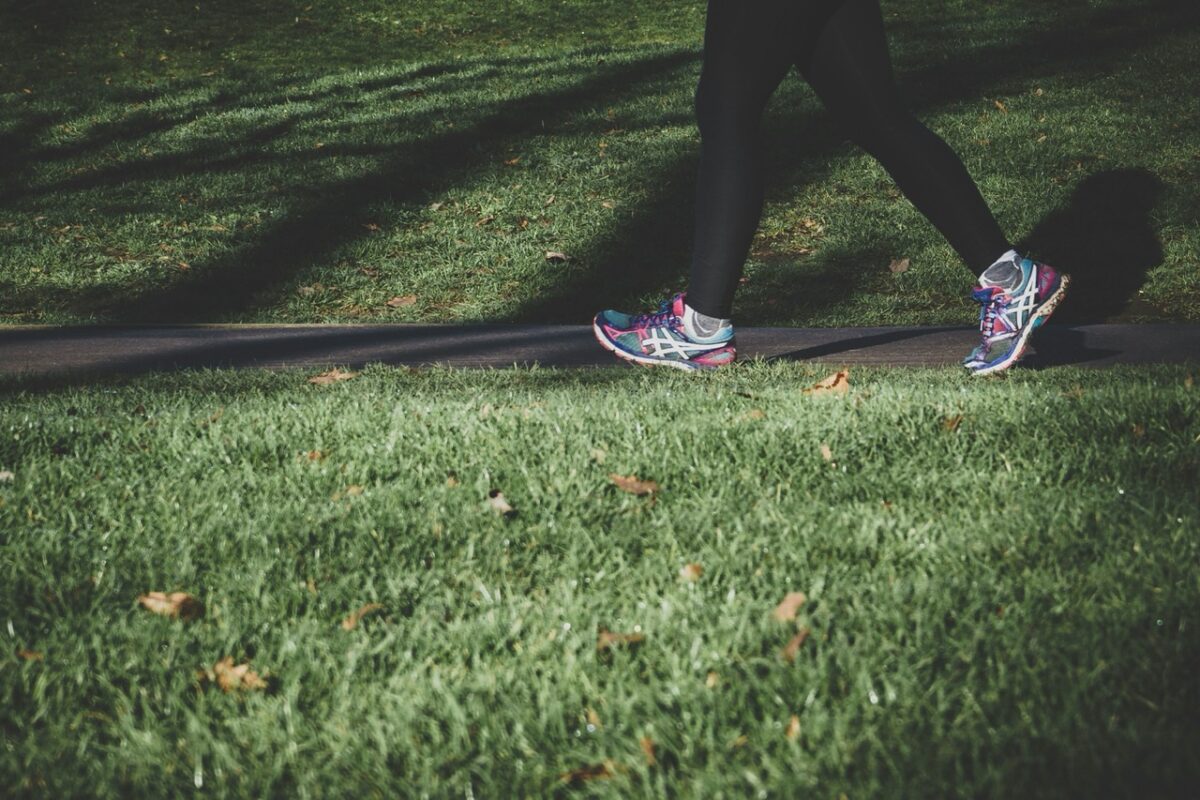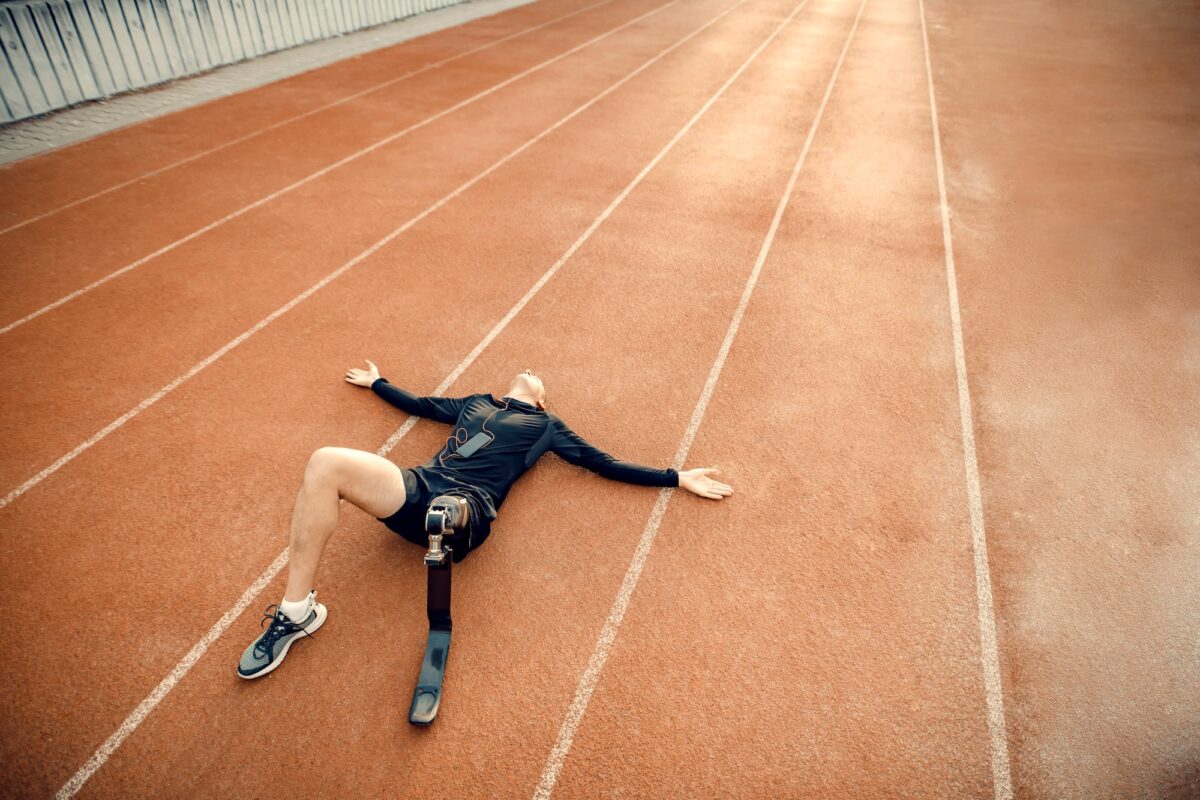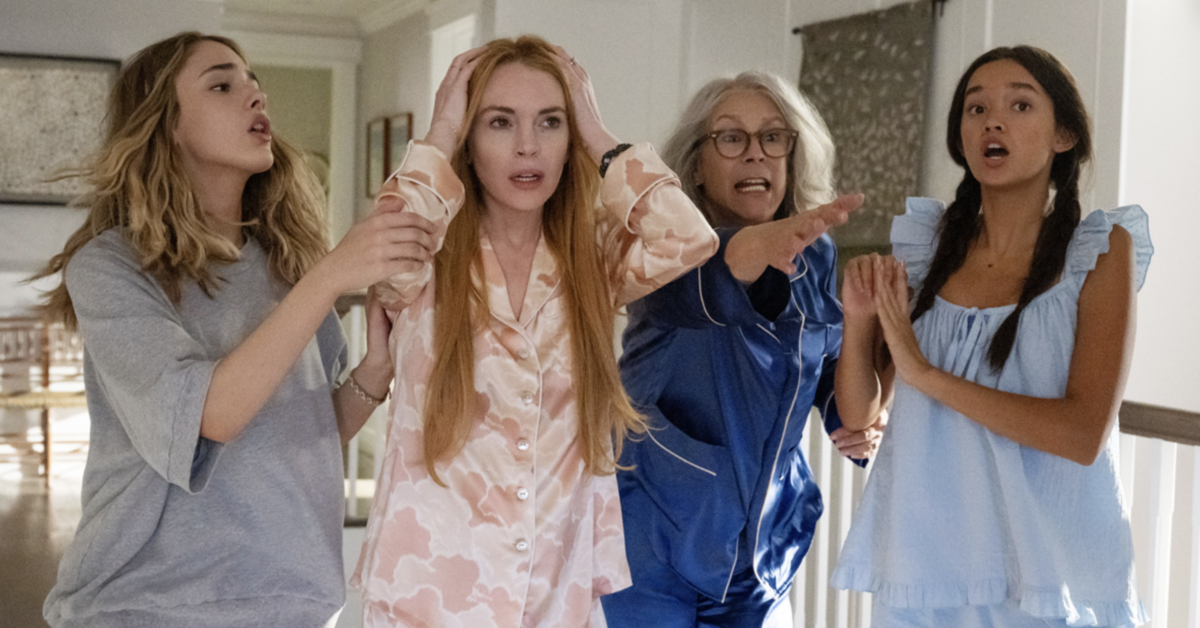In 2003, my first short-story collection, “Daisy Nueve,” was published by Anvil and got a citation from the Manila Critics Circle. F. Sionil José, National Artist for Literature and founder of the Philippine Center of PEN International, urged me to apply for a Rockefeller Foundation Residency at the Bellagio Center by Lake Como in Northern Italy.
Manong Frankie is the only Filipino so far to get such a residency twice: in 1979, then in 1993. But in 2003, my youngest son was just a year old and if I got the grant, I would not feel right about leaving him in the care of a yaya for a month. So I put the Bellagio Center brochure away.
Ten years later, I was at a nadir. My mother had died painfully over Christmas from a lingering illness. Three months after we lost Mom, I was declared redundant by new management from my job of 16 years. I was forced into a financially shaky early retirement, but freed of my grueling three- to four-hour daily commute. My youngest son was a preteen and in midlife, I had unexpectedly become a woman of uneasy leisure.
That May 2013, or 10 years after Manong Frankie gave me the Bellagio brochure, I submitted an application with a chapter from my novel-in-progress: “Siete Pecados” to the Rockefeller Foundation. Several chapters had been published as short stories, so I was about a third done. My referees were: PEN chair and National Artist Bienvenido Lumbera; professor Luisa Reyes, editor in chief of the Ateneo online journal “Kritika at Kultura”; and José Dalisay (who had been a Bellagio resident in 2002) of the UP Creative Writing Center.
Four months later, I got the e-mail from Rob Garris, the managing director of Bellagio Programs, inviting me to be a resident between March 20 to April 17, 2014.
Spring snow
It was spring when I got to the Bellagio, but there was still snow on the Alps. I was the only Asian resident and my lungs, so used to Manila’s murky and humid 30° to 40° Celsius air, could not acclimatize, even in four weeks, to the crisp, clear 8° to 12° Celsius Lake Como breezes.
The very solicitous Villa Serbelloni staff provided extra blankets and kindly adjusted the thermostat in my bedroom and study to a more tropical 25° Celsius, as high as it would go.
My 35 years of sedentary office work and no exercise had taken their toll. Fortunately, I was billeted in the main villa where all our meals were served. Otherwise, I would have had to huff and puff up and down the hilly paths that wended through the 50 acres of beautifully landscaped grounds to get to the dining room every mealtime.
For most of the residents though, getting around the Center was literally a walk in the park. Many slept with their windows open, to catch the moon rising and setting.
The environmentalist and science writer Elin Kelsey taught us to listen for the dawn chorus—the single notes, then the medley of voices from the many birds nesting in the trees around the Villa.
Our iron man was Mark Heywood, a South African lawyer, who spent the weekends running or biking through the adjacent towns. One Saturday, right after breakfast, he ran 52K through mountainous terrain, frequently stopping to take pictures (in a sense, he was my eyes for places I would never reach on foot), and was back for cocktails.
Two of the spouses, Debra Bilow and Trish Kirby, were also gifted photographers who generously shared their images. Patrick Meier of the Qatar Computing Research Institute had a drone which gave us bird’s eye views of the villa and the lake.
Everyday cocktails
We met every evening for cocktails then dinner, after working during the day in our respective studies. If there were conferences in the two other buildings on the property, their attendees joined us.
The conferences averaged two to three days and the attendees often seemed in awe of us residents who would be there for nearly a month.
After dinner, when we residents were by ourselves, we would have sing-alongs or musical recitals.
Anne Nelson of Columbia University, had once worked in Manila and found we had friends in common. She was also a trained soprano, and accompanying herself on the guitar, she sang “Bayan Ko” for me on my last night at the Bellagio.
Another favorite after dinner pastime was working all together to complete the daily NY Times crossword. The urban planner Rob Beauregard, also of Columbia U, was especially good at this. It was considered an achievement if we got up to Friday, as the crosswords got progressively harder through the week.
We were lucky to have Elise Bernhardt, the president emerita of the Foundation for Jewish Culture, to organize many of these fun activities, including Saturday Movie Nights and weekend jaunts to the neighboring villages, museums and gardens.
She introduced me to simple daily pleasures like picking the fragrant rosemary (which hardly grows in the Philippines) from the hedges along the Villa’s paths.
Elise’s favorite job had been as a camp counselor. She encouraged me to sketch as a break from my writing, and left her bedroom door open so I could get her bag of art materials even when she was out.
On days that I did my laundry at the Maranese, the British visual artist Mary Evans would give me red bush tea (from her native Nigeria) and let me use her art materials so I could sketch on her verandah while waiting for my wash.
Before going back to London, she gave me the art materials displaced by her pasalubong. Yes, giving gifts to friends and family back home upon returning from one’s travels is a universal human tradition.
When Elise learned I had never been to a Passover Seder, she arranged for a most memorable one.
Story about freedom
All the residents and even their spouses told a story or shared a song or poem about freedom. I told of how after Kristall-nacht, the Frieder Brothers, who were Manila tobacconists, and the Philippine President Manuel L. Quezon, gave refuge to 1,200 European Jews whom Allied nations had turned away. That was a rare proud moment in Philippine history.
Our convivial little group remain in touch. Last summer, my son and I visited with Elin and her family in Monterey CA where our kids played jump rope with giant kelp.
When my daughter Alice was in New York, Elise Bernhardt took her around Brooklyn and Agnes Gund, president emerita of the MoMA, gave her museum passes and a wonderful lunch.
Aggie also put me in touch with the Pritzker prize-winning architect Shigeru Ban’s Volunteer Architects Network (VAN). This fits my advocacy to end poverty housing as a trustee of the Greater Metro-Manila Habitat for Humanity.
So far, we have met twice with the VAN representative to the Philippines. This sort of lively exchange is another fruitful offshoot of that month by the lake.
Pleased
Browsing through the 2009 Rockefeller Foundation book about the Bellagio Center’s 50th year, I was pleased to learn that my residency came 50 years after the Filipino writer N.V.M. Gonzalez became the first Filipino resident at the Bellagio in 1964. I happened to be the first winner of the Philippine literary prize in his honor.
Another coincidence was that the Filipino resident who came to the Bellagio a week after me, was my daughter Alice’s boss of sorts. He commissioned her to write the essays for “5 Years of Looking for Juan” published by Canvas, his arts advocacy nonprofit.
Since 1964, around 40 Filipino artists, playwrights, academics and social scientists have had the opportunity to work on their projects as residents in the idyllic Rockefeller Foundation’s Bellagio Study and Conference Center.
Many of us are alumni of the University of the Philippines (UP). Some like Linda Ty Casper, Epifanio San Juan Jr. and Vicente Rafael were not on the list of Filipino residents that the Rockefeller Foundation sent me, although they were in the 50th anniversary book. Perhaps this was because they have been living and working in the USA for most of their lives.
There have been hundreds of Filipino conference alumni, again many from the UP.
UP alumni are called iskolar ng bayan because of our state-subsidized education. Like the UP symbol, the sculpture known as the Oblation, we are expected to give back to our country.
Sambudha Sen of the University of Delhi wrote of how his Bellagio experience inspired him to give back to the whole world. Given the dearth of study grants and art or literary prizes in the Philippines, I hope that more Filipinos will have the opportunity to experience a month by Lake Como in such elect company and marvelous surroundings. As another resident said upon arriving at the Villa Serbelloni, “Now I feel that I am appreciated for what I am worth.”
Maria Carmen Sarmiento moderates the Writers Against Impunity page for the Philippine Center of PEN International (end.impunity@philippinepen.ph) and is the spokesperson for BabaLa (Babae Laban sa Katiwalian), an anticorruption association.

